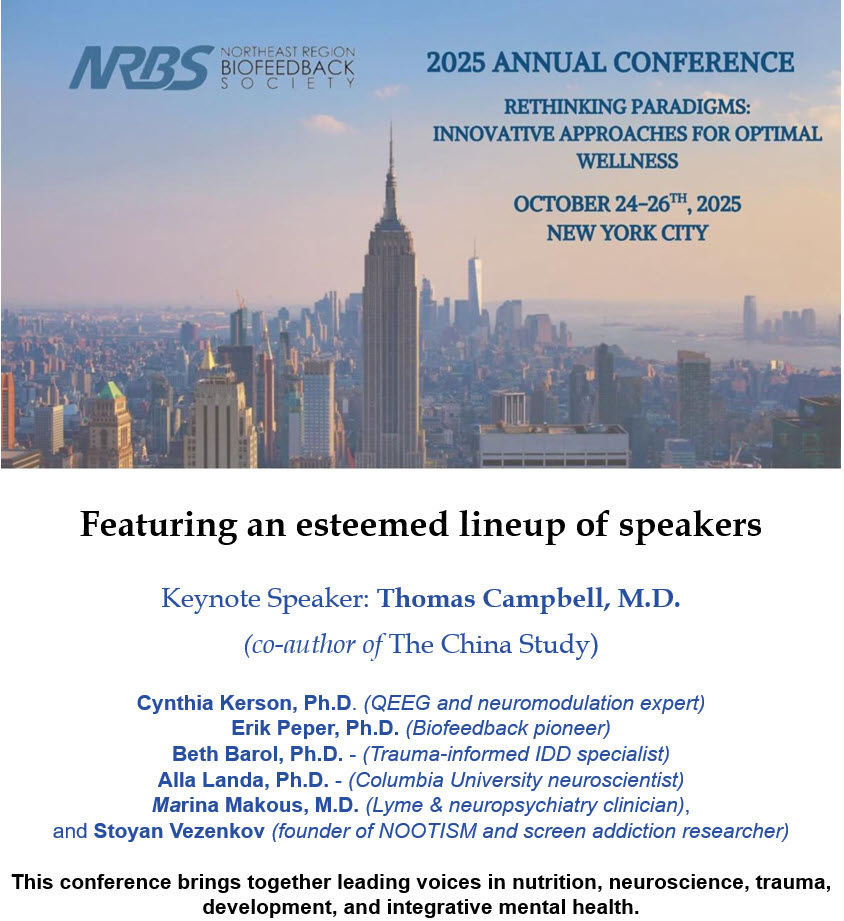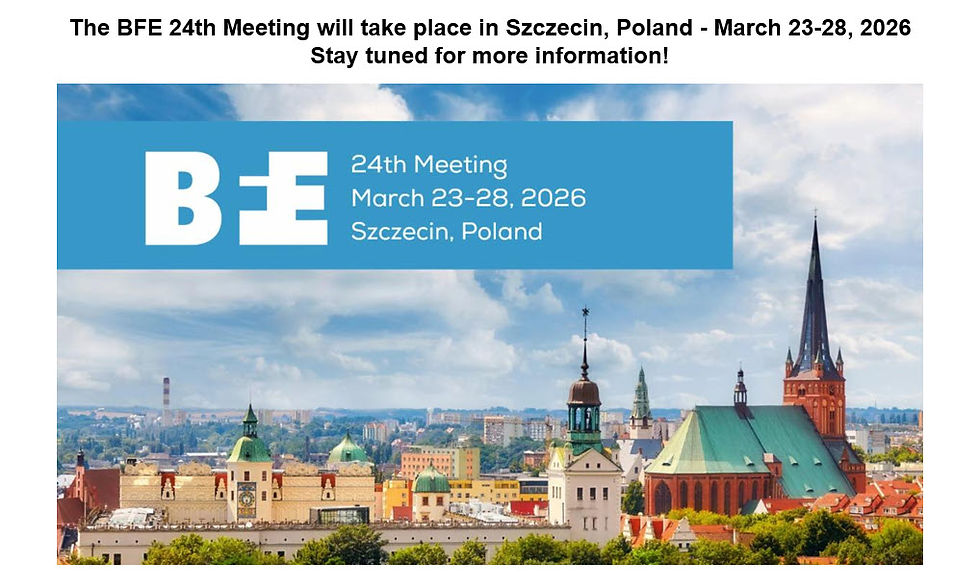5-Second Science: Optimists' Brain Activity is Unique
- Fred Shaffer
- Jul 22, 2025
- 6 min read
Updated: Aug 1, 2025

Takeaway on Optimism
In a compelling study published by Yanagisawa and colleagues (2025) in Proceedings of the National Academy of Sciences, researchers demonstrate that optimistic individuals do not just share a sunny outlook; they also share similar patterns of brain activity when imagining the future.
Using advanced neuroimaging and analytical techniques, the study reveals that people with higher levels of optimism exhibit greater neural similarity in a key brain region tied to self-reflection and future simulation. This convergence in brain function not only distinguishes optimists from less optimistic individuals but also sheds light on how our mindset might shape the way we neurologically organize imagined future events.
What is the science?
The science centers on how individual differences in optimism influence episodic future thinking—the cognitive process of imagining personal future events.
The authors explored whether optimism correlates with a shared neural architecture, particularly in the medial prefrontal cortex (MPFC), a region integral to self-referential thinking and emotional processing.
They employed two key methods: intersubject representational similarity analysis (IS-RSA) to assess neural pattern similarity across individuals, and individual difference multidimensional scaling (INDSCAL) to examine the structure of cognitive representations in brain data. This approach allowed them to move beyond mere group averages and map the fine-grained idiosyncrasies of individual brains.
What did they study?
Two separate fMRI experiments were conducted involving healthy, married adults. Participants were asked to vividly imagine themselves or their partners in a series of emotionally varied future scenarios—positive, neutral, negative, and, in one study, death-related. Each participant’s optimism level was assessed using the Revised Life Orientation Test (LOT-R), and the neural responses during the episodic simulation tasks were analyzed in relation to these scores. The researchers then examined whether individuals with similar optimism levels exhibited convergent or divergent neural representations while imagining future events.
How did they do it?
The study employed multivariate pattern analysis (MVPA) to assess distributed patterns of brain activity in the default mode network, focusing particularly on the MPFC. The IS-RSA compared how similar or dissimilar each participant’s brain activity was to others during the imagination of future events. Two models were used: a “nearest neighbor” model, which assumes that people with similar optimism (whether high or low) will have similar neural patterns, and an “Anna Karenina” model, inspired by the literary principle that “happy families are all alike.”
This latter model proposed that neural similarity would be especially pronounced among highly optimistic individuals. To interpret the underlying structure of these neural patterns, the authors applied INDSCAL, which provided a spatial map of how people differentiated future events along emotional and social dimensions.
What did they find?
Optimistic individuals displayed significantly more similar neural responses in the MPFC when imagining future scenarios compared to their less optimistic counterparts. This effect was robust across both studies and was best explained by the Anna Karenina model, supporting the idea of a “neural convergence of optimism.” In other words, optimistic people not only think alike—they imagine alike at the neural level.
Further, through INDSCAL, the study showed that optimistic individuals organized imagined future events more distinctly along an emotional axis: they perceived positive and negative future events as more psychologically and neurally separated. Interestingly, this heightened emotional distinction was more pronounced in self-referential contexts and was less consistent when imagining their partner’s future. There was also some evidence suggesting that optimists placed less emphasis on distinguishing between self and others in their neural representations, though this effect was not consistently replicated.
What is the impact?
This research offers a groundbreaking glimpse into the shared neurocognitive architecture of optimism. By combining fine-grained pattern analysis with dimensional modeling, it reveals how optimism is not merely a trait but a neural organizing principle for future-oriented thought.
The findings suggest that optimistic individuals share more than just personality—they may inhabit a similar mental universe when envisioning what lies ahead.
This could have implications for understanding how optimism fosters resilience, social connectedness, and mental well-being. It also establishes a methodological blueprint for future cognitive neuroscience research that seeks to bridge personality psychology and brain function using individual difference-based approaches.
Key Takeaways
Optimistic individuals exhibit similar brain activity in the medial prefrontal cortex (MPFC) when imagining future events, indicating a shared neural basis for optimism.
Neural convergence was specific to high optimism, supporting the Anna Karenina model: “Optimistic people are all alike, but each less-optimistic person imagines the future in their own way.”
Optimists distinguish positive and negative future events more sharply at the neural level, suggesting enhanced emotional differentiation in episodic future thinking.
Self-referential imagination showed stronger optimism-related neural effects than partner-referential scenarios, highlighting the personal relevance of future-oriented thought.
Combining IS-RSA and INDSCAL offers a powerful method to study individual differences in cognitive neuroscience, revealing both shared and idiosyncratic neural representations.

Glossary
Anna Karenina model: a theoretical model inspired by Tolstoy’s principle suggesting that successful (or positive) outcomes are similar, while unsuccessful (or negative) outcomes are more idiosyncratic. In this context, it posits that only highly optimistic individuals will exhibit convergent neural patterns during episodic future thinking.
default mode network (DMN): a brain network comprising regions such as the medial prefrontal cortex, precuneus, and lateral parietal cortex. It is active during internally directed cognition, including self-reflection, daydreaming, and imagining the future.
emotional valence: the intrinsic attractiveness (positive valence) or averseness (negative valence) of a stimulus, event, or imagined scenario. Used here to classify future events in the episodic simulation task.
episodic future thinking (EFT): a cognitive process involving the simulation or imagination of specific, personal future events. It engages brain regions responsible for memory, emotion, and self-related processing.
INDSCAL (Individual Differences Scaling): a multidimensional scaling technique that identifies common cognitive dimensions from neural data while preserving individual-specific weights on each dimension. It reveals how different participants emphasize various psychological features during cognitive tasks.
intersubject representational similarity analysis (IS-RSA): an analytical method that quantifies how similarly different individuals’ brains represent the same stimuli or tasks. It compares patterns of brain activity across participants to assess intersubject neural similarity.
Life Orientation Test–Revised (LOT-R): a standardized psychometric questionnaire that measures dispositional optimism through self-reported agreement with statements reflecting general expectations about the future.
medial prefrontal cortex (MPFC): a central brain region within the DMN involved in self-referential thought, decision-making, and emotional evaluation. It plays a key role in imagining future events and integrating personal relevance.
multidimensional scaling (MDS): a statistical technique that visualizes similarities or dissimilarities in data as distances in a low-dimensional space, often used here to represent individual neural similarity patterns.
multivariate pattern analysis (MVPA): a neuroimaging analysis approach that examines distributed patterns of brain activity, allowing for the decoding of representational content across voxels rather than focusing on isolated brain regions.
nearest neighbor (NN) model: a model assuming that individuals with similar optimism levels (regardless of whether high or low) will exhibit similar neural representations. Used as a comparison to the Anna Karenina model in this study.
neural representational dissimilarity matrix (RDM): a matrix that quantifies how different the neural activation patterns are between various experimental conditions or between participants. Smaller values indicate greater similarity.
referential context: the focus of imagined future events in the task, either directed at the self (self-referential) or at a close other (partner-referential). This dimension was used to explore how personal perspective affects neural processing.
self-referential processing: cognitive operations involving thoughts about oneself. This includes evaluating personal relevance, emotional significance, and the simulation of one’s own future.
Reference
Yanagisawa, K., Nakai, R., Asano, K., & Abe, N. (2025). Optimistic people are all alike: Shared neural representations supporting episodic future thinking among optimistic individuals. Proc Natl Acad Sci U S A.,122(30):e2511101122. https://doi.org/10.1073/pnas.2511101122

BCIA approved our Research Methods course for 45 hours of continuing education. We based this course on Beth Morling's award-winning Research Methods in Psychology (5th ed.).

About the Author

Fred Shaffer earned his PhD in Psychology from Oklahoma State University. He earned BCIA certifications in Biofeedback and HRV Biofeedback. Fred is an Allen Fellow and Professor of Psychology at Truman State University, where has has taught for 50 years. He is a Biological Psychologist who consults and lectures in heart rate variability biofeedback, Physiological Psychology, and Psychopharmacology. Fred helped to edit Evidence-Based Practice in Biofeedback and Neurofeedback (3rd and 4th eds.) and helped to maintain BCIA's certification programs.
Support Our Friends









Short, informative, good science and free!